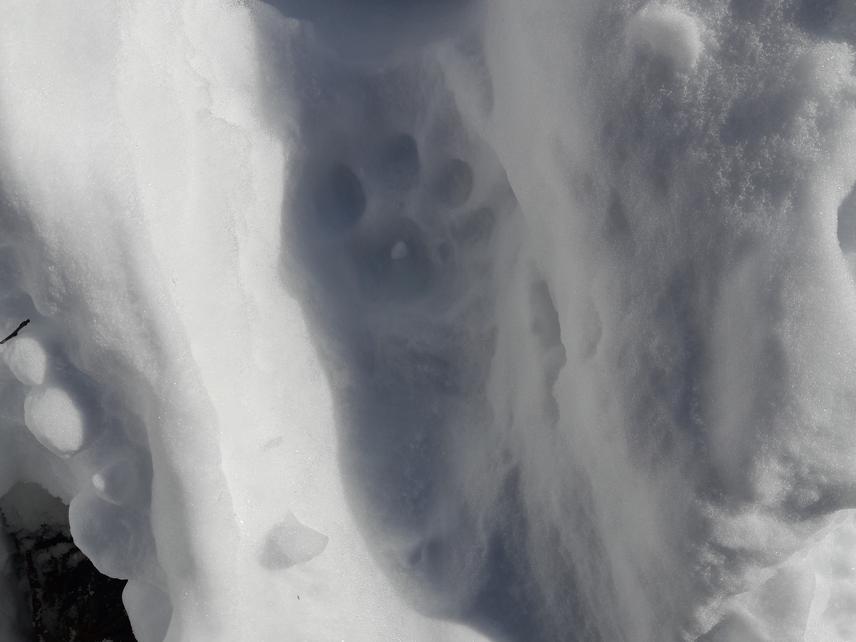Sachet Timilsina
Snow Leopard is a vulnerable species as categorized by IUCN. Information about its abundance, habitat, and diet preference is necessary for better conservation of this iconic species. The main threats of snow leopards are retaliatory killing, habitat fragmentation, and prey decline.
In Nepal, studies on the abundance of snow leopard using camera traps and genetic analysis have been conducted in Shey Phoksundo National Park, Annapurna Conservation Area, Sagarmatha National Park, and Gaurishankar Conservation Area (Khanal et al. 2020; Shrestha & Kindlmann 2020; Koju et al. 2020; Shrestha 2021). In the case of Manaslu Conservation Area (MCA), Chetri et al. (2019) recorded only two snow leopard individuals in the whole MCA and its adjoining Bhimtang Valley using faecal DNA analysis. In 2021, Dr. Bikram Shrestha and his team conducted a snow leopard survey using camera traps in Nubri valley (western site) of MCA covering ca. 300 km2 captured more than 300 snow leopard images and 10 videos (B. Shrestha, Pers. Comm). A detailed study using sufficient camera traps is also necessary for another Chum valley (eastern site) of MCA to get rigorous data on density. Besides, studies on diet and habitat preference are equally important to know its behaviour. I will also conduct an awareness campaign in both valleys.

Snow leopard’s pugmark in Manaslu Conservation Area. © Sachet Timilsina
The project site is located in the Gorkha district of Central Nepal. The sites are the Chum and Nubri Valleys of Manaslu Conservation Area (IUCN Category: VI). It is a protected area in Nepal established in 1998 A.D. covering an area of 1663 km2. The conservation area is home to carnivores/mammals including snow leopard, Himalayan wolf, Himalayan black bear, brown bear, musk deer, blue sheep, and Himalayan tahr.
This project aims to monitor the snow leopard within the Chum Valley through a camera trapping method and conducts its faecal (scat) dietary analysis. The exact population of snow leopards in the area will be known along with the prey preference of snow leopards from the survey. The wild main prey species (blue sheep and Himalayan tahr) survey will be conducted that gives data on the abundance of wild prey in the locality. The proposed awareness program in Chum and Nubri Valley helps to analyse the situation of local people and their knowledge and attitude towards snow leopards. Then a final habitat suitability map will determine the extent of suitable habitat for snow leopard and helps to make effective decisions for conservation activities.
Header: Snow leopard’s habitat in the Manaslu Conservation Area. © Bikram Shrestha.